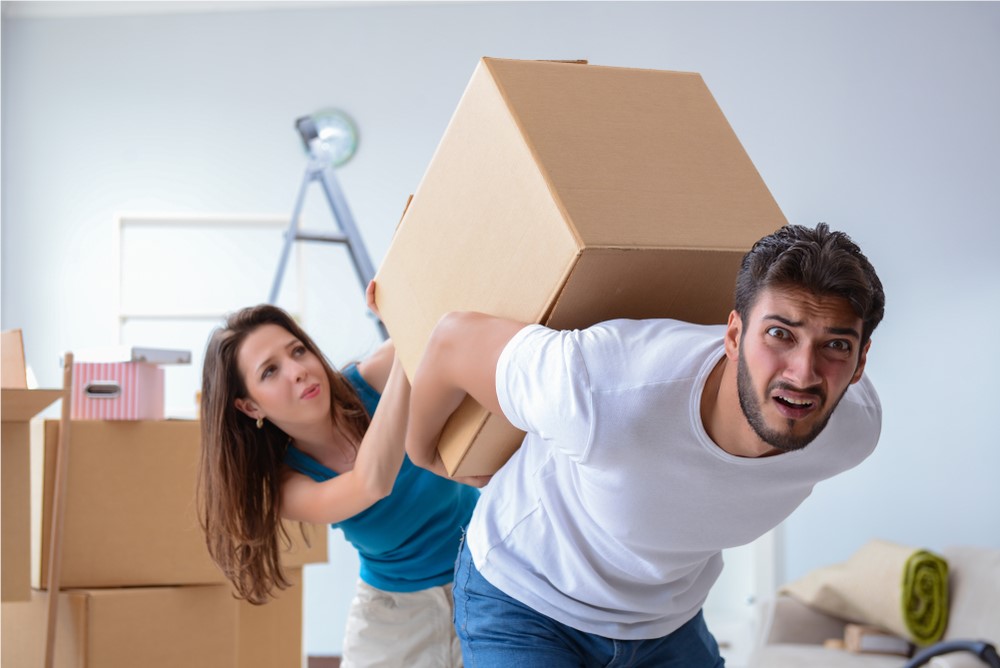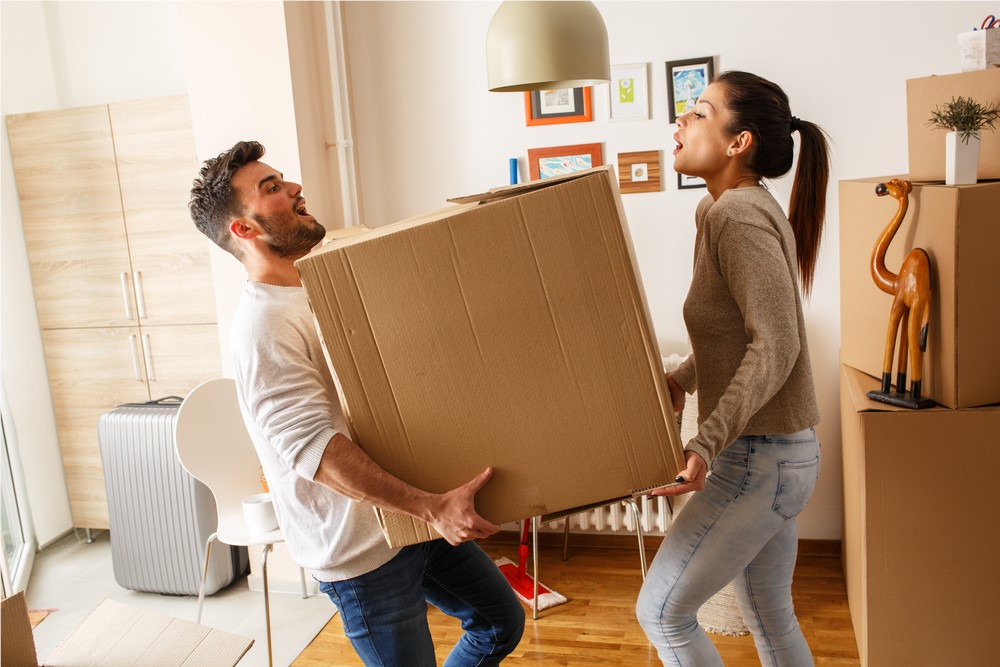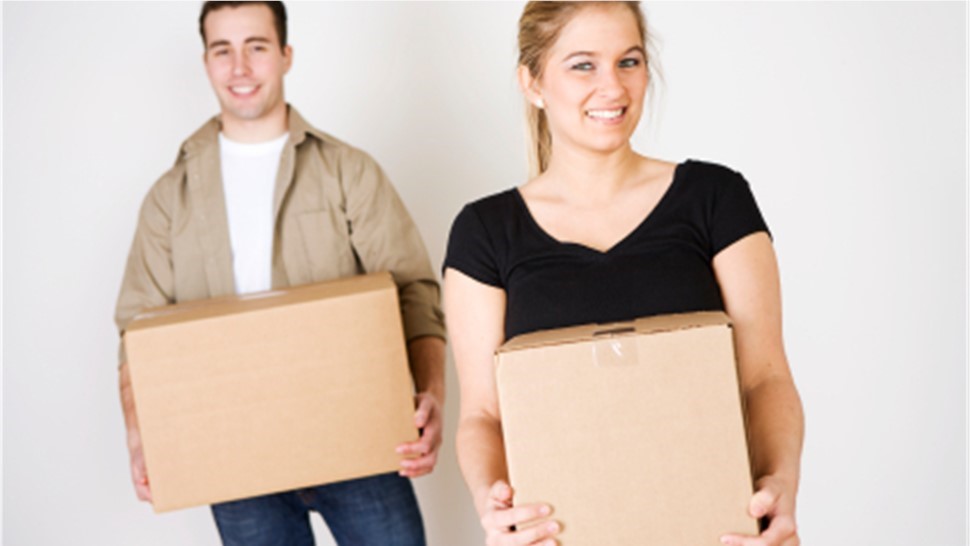- Place on plate in approximately the center of your packing paper.
- Grasp about two sheets of paper at one corner. Pull over plate so as to completely cover plate. Stack second plate on first plate.
- Grasp second corner of your paper. Pull over and cover stacked plates.
- Stack third plate. Take remaining two corners (one at a time) and fold each over your stack of plates.
- Turn your wrapped stack of plates upside down onto your packing paper.
- Re-wrap entire bundle. Follow same wrapping procedure as before. Start with one corner of packing paper, and pull two sheets over the bundle; cover bundle with next corner, then the third corner, and finally, the fourth.
- Seal the bundle with plastic tape.
- Place the bundle of flatware in carton so the plates are standing on edge.
Note: small dishes (saucers, bread and butter dishes) can be stacked in greater quantity in a bundle. Also you can omit steps 5 and 6 an seal your bundle without rewrapping.
Packing Cups and Glasses: Cups and glasses may be “nested” (one placed inside another) and three or four wrapped in a bundle. Tear or cut-up some small sheets of paper. Use at least a couple of small sheets between each glass or cup as protective lining.- Take first glass and line with a couple of sheets of your cut-up paper.
- Place second glass (or cup) inside the first one. Line with two more sheets of paper. Insert another glass (or cup).
- Using your best judgment, next 3 or 4 glasses and lay these on your stack of wrapping paper in a diagonal manner, off center closer to your body.
- Grasp corner closest to you of two sheets of wrapping paper. Wrap around your glasses.
- Grasp next corner of wrapping paper and wrap around your glasses.
- Repeat procedure with remaining corners of wrapping paper. Then roll into a bundle (much the same as a butcher might wrap a package of hamburger).
- If you have collected some liquor cartons with dividers, pack glasses, cups an stemware in these boxes. If your bundle does not fill to the top of the compartment, stuff additional wadded-up packing paper in the compartment to fill it up. If you don’t have liquor cartons then pack your glasses, cups and stemware in boxes with your other dishes fitting them in where you find some spaces. Be sure these articles are toward the top of your carton.
Pack goblets and stemware singly. Do not attempt to nest them as you did with glasses. Follow the same wrapping procedure as you did with the glasses and cups.
Small kitchen appliances:It’s best to pack your small kitchen appliances (blender, toaster, can opener, coffeemaker, etc.) together in one or two boxes rather than in other boxes with other goods. Later, when unpacking, you will find this much more convenient.
Wrap each appliance individually with two or three sheets of your packing paper. Place each on in the box you have selected for appliances.
When appliances have been packed in a box, or boxes, if there are small spaces that are empty, wad-up some packing paper and fill in the spaces. However, if you should have a great amount of space left over then you should pack some other things in the box in order to fill it up and not waste the space. For example, you might get a few pots and pans in the carton, too.
Pots and Pans:Approximately three pots or pans can be nested, one inside the other. Tear or cut up some pieces of your packing paper (large enough so that they will line the entire interior of the largest pan). Place two or three sheets of your lining paper in the larger pan.
Place the next small pan inside the first pan. Again line this pan with two or three protective pieces of lining paper and insert a smaller pan.
Place these pans upside down in the middle of your stack of packing paper. Use at least three sheets of packing paper to wrap the pans. Start by grasping one corner of approximately three sheets of your paper, and pulling over, and covering the pans. Then pull the next corner of paper over the pans; then the third corner, and finally the fourth corner. Seal with your plastic tape so that the bundle will not come apart. Pack in a medium-sized carton. This same procedure can be followed in packing large bowls, too.
Tags
Subscribe to Boyer-Rosene Moving & Storage, Inc.'s Blog








Comments